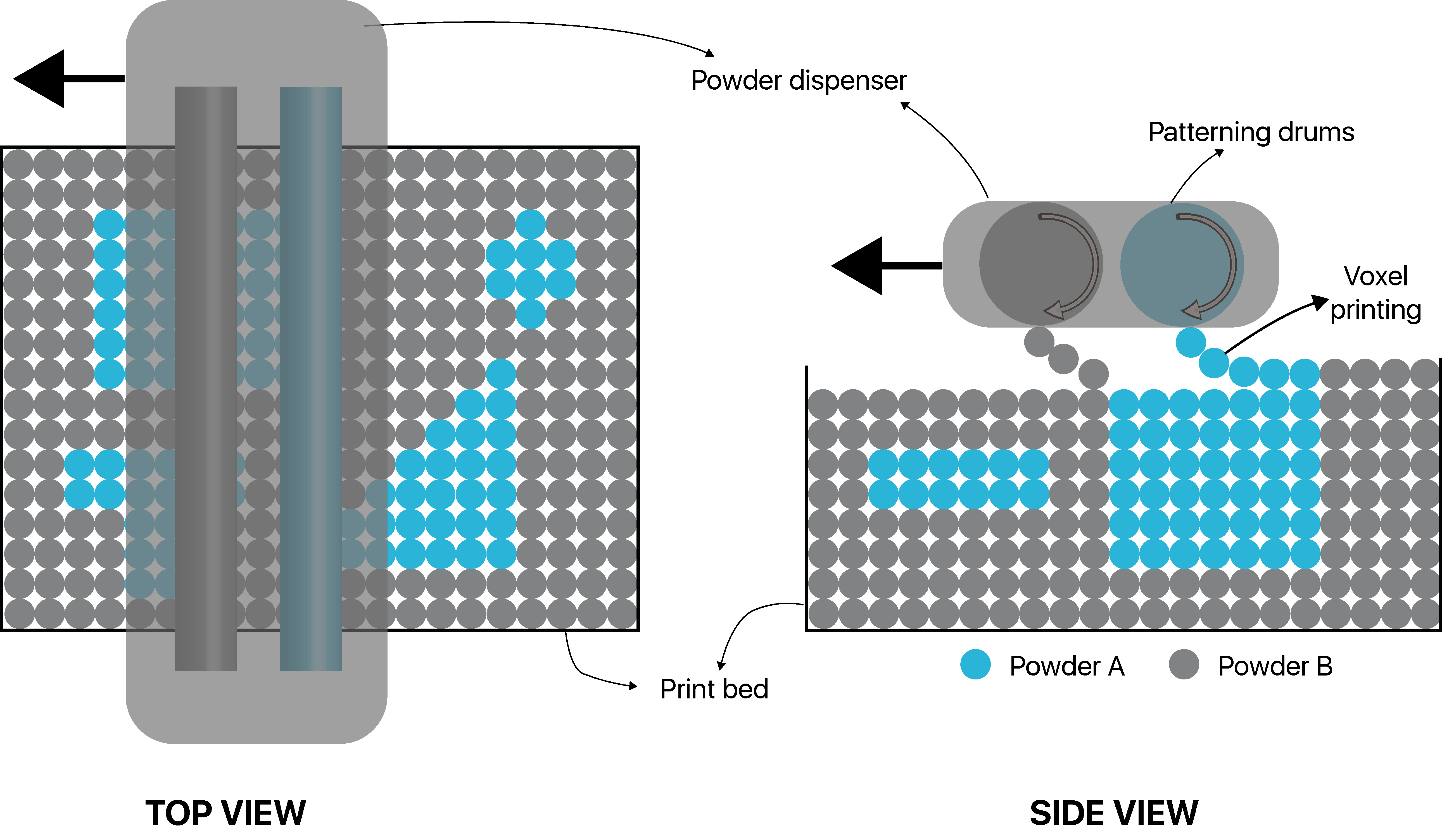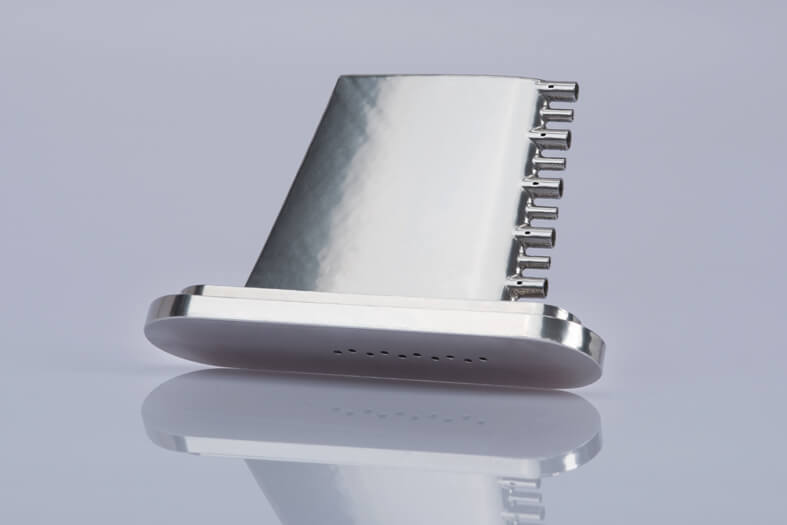Aerosint, an award-winning Belgian SLS 3D printer manufacturer, Vectoflow, a German fluid-dynamic metrology device developer, and Fraunhofer IGCV have received a €750,000 grant from the Eurostars program to develop multi-functional airflow sensors.
Flow probes within the sensors are used for the development of jet engines and gas turbines. In an effort to make them more accurate and cost-effective, the partners, which comprise an international project consortium, will utilize laser powder bed fusion (LPBF) technology to 3D print to create advanced flow systems.
“To use multiple materials in one printing job opens up a world of possibilities,” explained Katharina Kreitz, co-director of Vectoflow.
“One immediate need is to directly print thermocouples into probes in the exact shape and position we want, rather than having to stop a build job and place prefabricated thermocouples by hand. We hope to meet this need with the technical competencies of Aerosint and Fraunhofer and with the financial support of the Eurostars grant.”
3D printed heated airflow sensors
Commencing next month and spanning over 30 months, the joint development project aims to “lay the groundwork for ‘smart’ fluid flow probes in optimized geometries”. With total funding amounting to €1 million, the consortium partners are leveraging its technologies to realize flow probes attached to the fuselage of aircraft.
According to the Belgian-German team, flow probes function as speed sensors or pitot tubes within a fuselage of aircraft which are prone to blockage by ice. When frozen, the tubes can cause dire airline accidents. Aerosint’s multi-material powder recoater technology enables the production of 3D printed pitot tubes with heating elements that deter ice from being formed. In addition, Vectoflow’s familiarity in producing custom, single-material 3D printed flow probes will help advance this development.
Edouard Moens de Hase, managing director of Aerosint stated, “Aerosint’s system enables full control over the placement of voxels of powder from multiple materials, which is a basic requirement for multi-material LPBF. It’s really a paradigm shift with respect to the traditional process, but it’s one that’s completely necessary if we want to make multi-material additive manufacturing scalable and useful other than simply for prototyping.”

Multi-material laser powder bed fusion
Moreover, to tackle the fundamental challenge of processing multiple materials in a single build process, Fraunhofer IGCV will support this project with its experience in the laser co-processing of multiple metals. In doing so, the physical limits to which materials can be combined without interface cohesion and cracking issues will be addressed. Christine Anstätt of the Fraunhofer IGCV, who successfully co-processed materials previously thought to be incompatible, added:
“The combination of steel and a copper alloy in a single build process was not thought
to be possible mainly due to their very different material properties – especially in terms of thermal conductivity and coefficient of thermal expansion.”
“However, by adapting the scanning order, overlap area between the two materials and tuning the process parameters, we were able to build dense bimetallic parts without imperfections.”
The team will build a proof-of-concept demonstrator flow probes that will be tested for proper functioning by Vectoflow.

For more news additive manufacturing news subscribe to the 3D Printing Industry newsletter, follow us on Twitter and like us on Facebook. Seeking jobs in engineering? Make your profile on 3D Printing Jobs, or advertise to find experts in your area.
Featured image shows a 3D printed aerospace flow measurement probed. Photo via Vectoflow.


